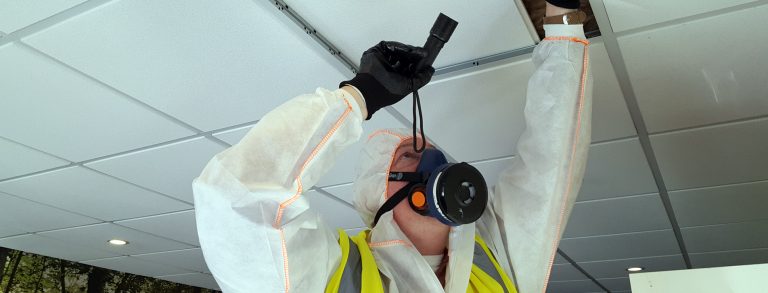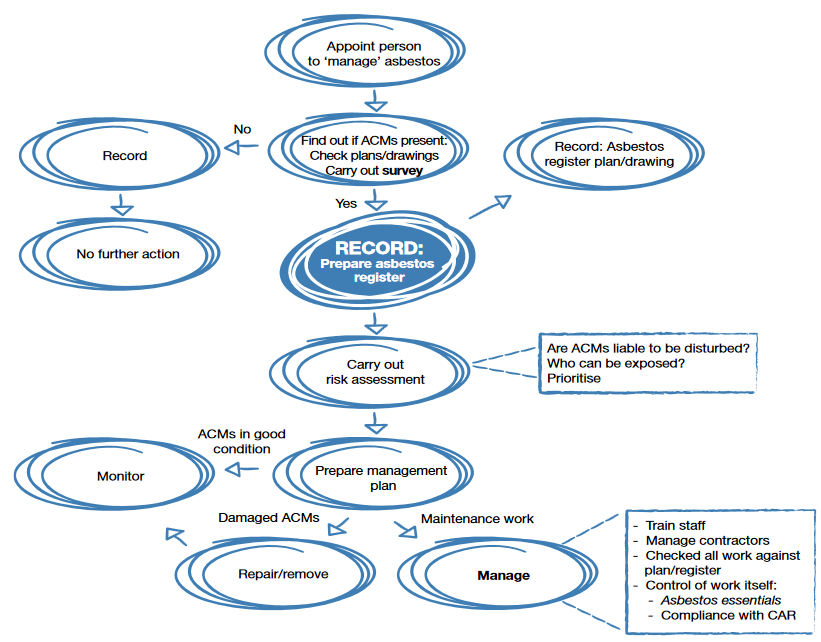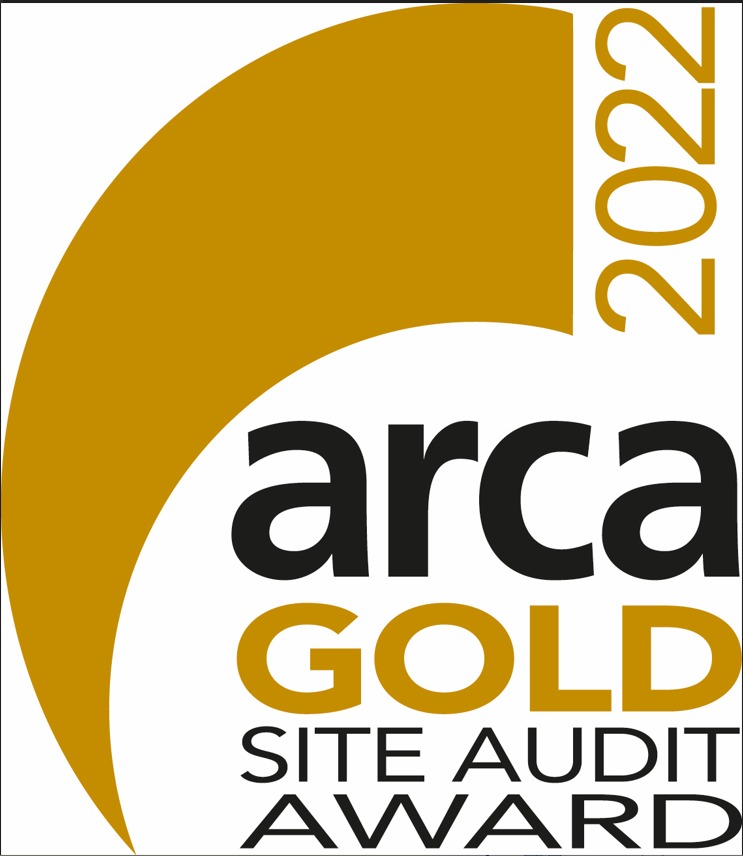Asbestos Surveys (sometimes referred to as an asbestos inspection or asbestos report) are effective in ensuring that any products which are suspected of containing asbestos are identified quickly; reducing exposure to friable asbestos fibres. The survey can identify the location of Asbestos Containing Materials (ACM’s), assess the amount of asbestos and also confirm the type of asbestos such as Chrysotile, Amosite, Crocidolite, Tremolite, Anthophyllite or Actinolite.
We offer a range of products including R&D Surveys, Management Surveys and Homebuyers asbestos reports. Learn more about the types of Asbestos Surveys we provide, and what they’re for:

Management Survey
A Management Survey is a visual inspection of a property or area of works. Samples from any exposed suspected asbestos materials are taken where reasonable practicable, but any materials which cannot be accessed can only be presumed to contain asbestos.
This type of asbestos inspection was previously called a Type 2 survey.

Refurbishment / Demolition Survey
A Refurbishment and Demolition R&D Survey is carried out when it’s the fabric or structure of a building may be disturbed during refurbishment, reconfiguration or demolition.
This type of asbestos inspection is vital to ensure that no one is exposed to asbestos containing materials during the demolition process.

Homebuyers Asbestos Survey
It is also becoming increasingly common form mortgage lenders to request an asbestos survey is carried out on a property if it is being mortgaged or remortgaged.
A Homebuyers Asbestos Survey ensures you where any potentially hazardous and expensive asbestos containing materials may be located.

Make Sure you Obtain the Correct type of Survey
An R&D Survey is particularly important for renovation or demolition work as a builder or demolition contractor may stop work if they suspect asbestos is present without a report to confirm otherwise. You may find that many companies only offer two types of asbestos reports, but they can be split into three as necessary.
We recommended that you instruct someone with the relevant training and experience in conducting asbestos surveys and that the R&D survey is completed utilising the HSE guidance on Surveying, sampling and assessment of asbestos-containing materials. You should also insure that, like us, they hold suitable liability and indemnity insurance.
A Management Survey is less intrusive and is usually needed for general duty of care requirements.

Only Employ a Qualified Asbestos Surveyor
Missing asbestos containing materials can be potentially fatal. It’s therefore important that you employ the services of a qualified person who carries either a BOHS P.402 qualification in Surveying and Sampling Strategies for Asbestos in Buildings or a UKAS accreditation.
The Control of Asbestos Regulations 2012 (CAR 2012) sets out the requirements regarding domestic and non-domestic properties and when an analysis of a property may be required. For example, all non-domestic properties building prior to 1999 must undergo a refurbishment survey before any refurbishment, alteration, adaptation or demolition work is carried out and details of the asbestos found during the inspection must be reviewed, recorded and actioned in accordance with CAR 2012.
The DutyHolder must arrange and keep an updated asbestos register
If you are a Dutyholder (someone who owns or is responsible for a building) you may have a legal obligation to ensure that you identify asbestos within the building and that you are managing it correctly through an asbestos survey. It might be that you need to ensure that staff and customers are not exposed to asbestos or because you are planning renovation or demolition work. We carry out both Management and R&D asbestos survey reports.
Asbestos surveys should always be carried out by a competent person.

Where is asbestos found?
Asbestos can be found in many different products and forms including concrete, waste water pipes, insulation, heating ducts, textured coatings, toilet cisterns, gaskets and many other materials.
You should never break or disturb and material which you suspect contains asbestos. This could allow friable asbestos fibres into the surrounding air posing a risk to your health and those around you.
Learn About Hidden Asbestos
What the Law Says:
If you have any doubts regarding a material in your premises you must always assume it contains asbestos – it’s the law. To be completely sure if a material contains asbestos you can have an asbestos sampling test carried out on the suspected asbestos contain material.




